Driving Sustainability through Energy-Efficient AV Solutions
At Atlona, we are dedicated to designing energy-efficient AV products for our education and commercial customers that deliver performance while minimizing environmental impact. Our innovative solutions not only reduce energy consumption but also empower integrators to create more energy-efficient systems. Here are just a few examples of how we are shaping a greener future for AV through cutting-edge technology and sustainable design.

Key Initiatives
Keeping Systems Relevant and Out of Landfills
Innovation brings new AV products to market seemingly every month. Many of those products represent new technologies that replace the previous generation and send it to the landfill. Atlona made a commitment to our customers with our OmniStream® Networked AV platform to utilize an updateable platform. Our OmniStream 2.0 firmware update brought major new features and improved the specifications of our existing hardware, allowing our customers to update the functionality and performance of their existing OmniStream installations without requiring them to replace equipment. This eliminated electronics waste by increasing the useful lifetime of their equipment and investment.
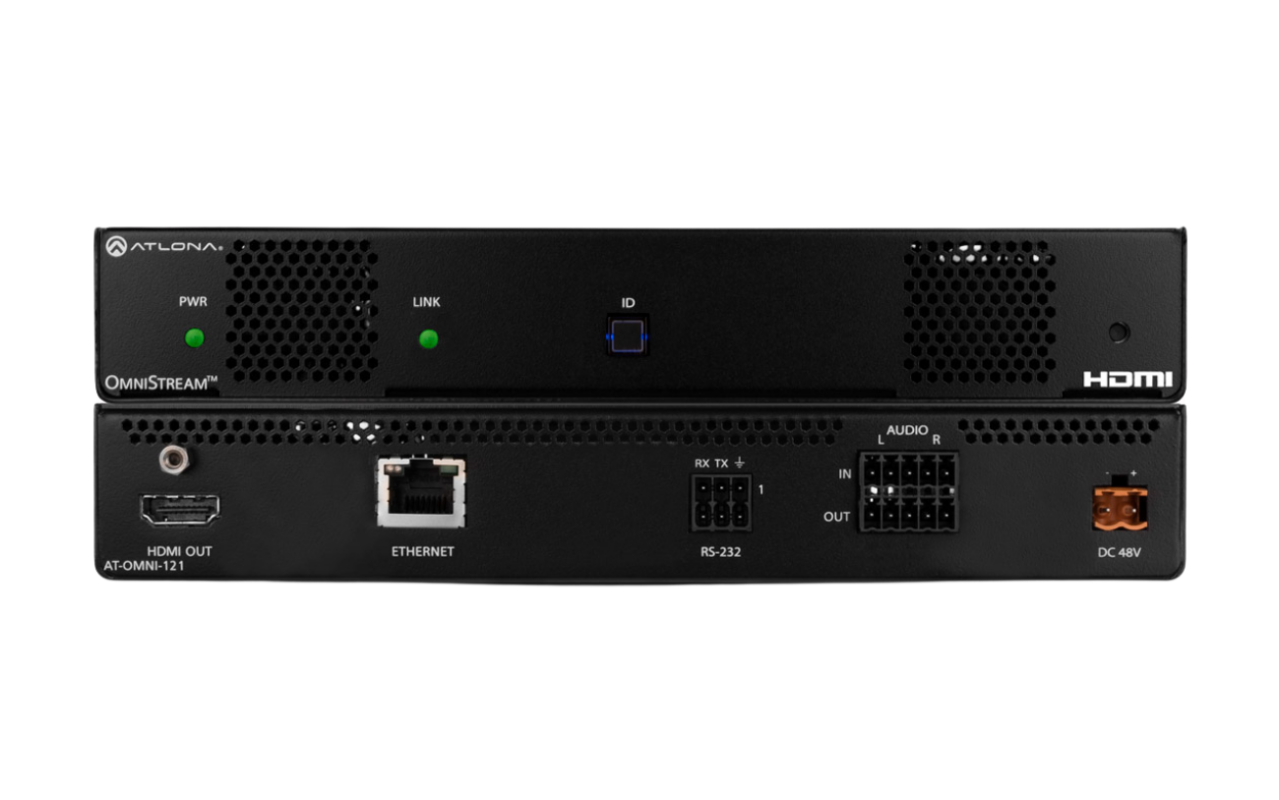
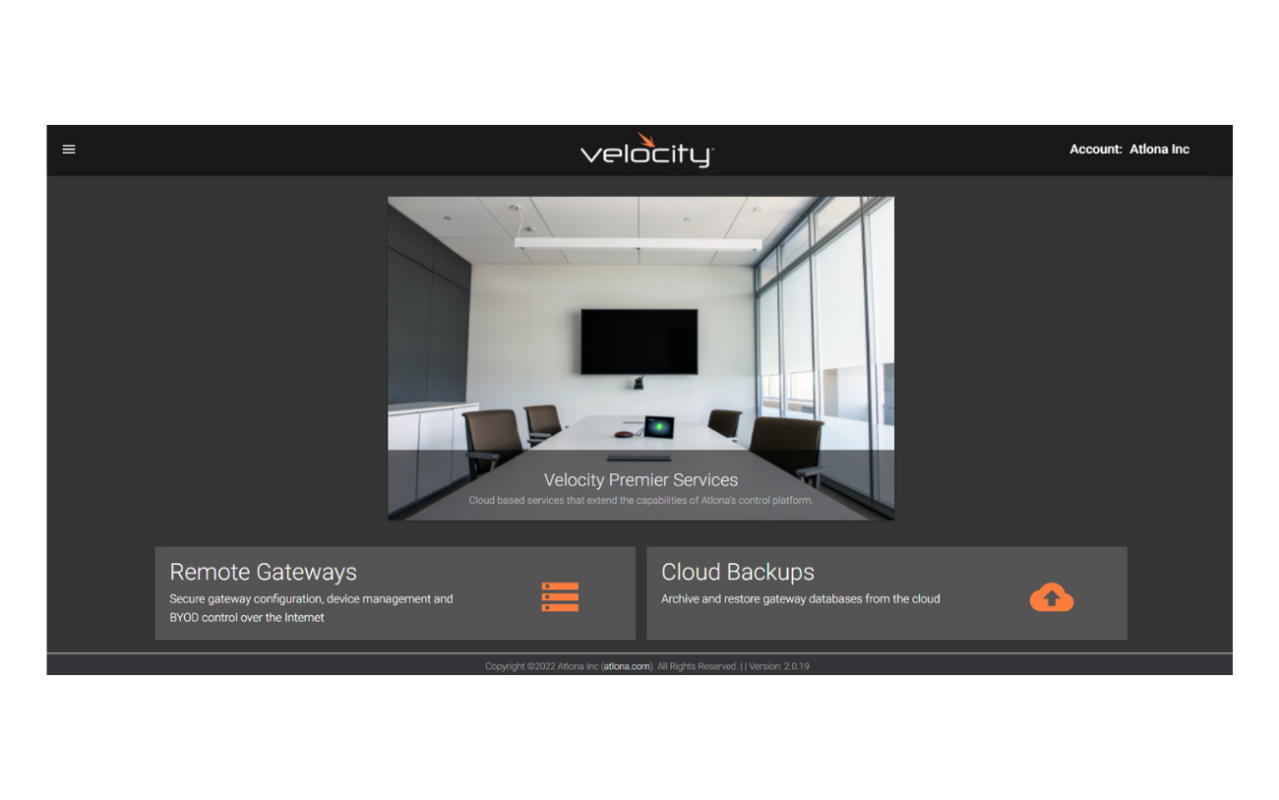
Harnessing AV Control for Greener Systems
From the introduction of the Velocity® Control System in 2017, it was engineered to be a more efficient control system. Instead of the traditional one controller per room model, IP-based Velocity used one processor, or “Gateway” on the network to control many rooms. This means less electronic hardware to manufacture and put into use. Plus, PoE-powered touch panels mean systems are more power efficient. With the advent of Velocity’s Remote Gateway, AV Teams within an institution, or the AV companies that support many institutions, can remotely manage individual rooms and installations. Not only can systems be managed for potential inefficiencies, but remote management reduces ‘truck rolls’ and fuel usage.
New Designs, More Capability, More Efficiency
Working with our customers to meet their AV needs, Atlona strives to offer more capability while still harnessing more efficient technology with each generation of products. Take, for example, our AT-VKP-8E Velocity 8 Button Keypad Controller. Compared to the now-retired AT-ANC-108D, 8-Button Network Control Panel, the new VKP-8E can run circles around the ANC-108D offering IP-based control for up to 10 devices without the need for a control processor. Its e-paper display offers more information than the labelable buttons of the ANC-108D. Plus, it draws less than 1 watt while its predecessor drew 3.3 watts.
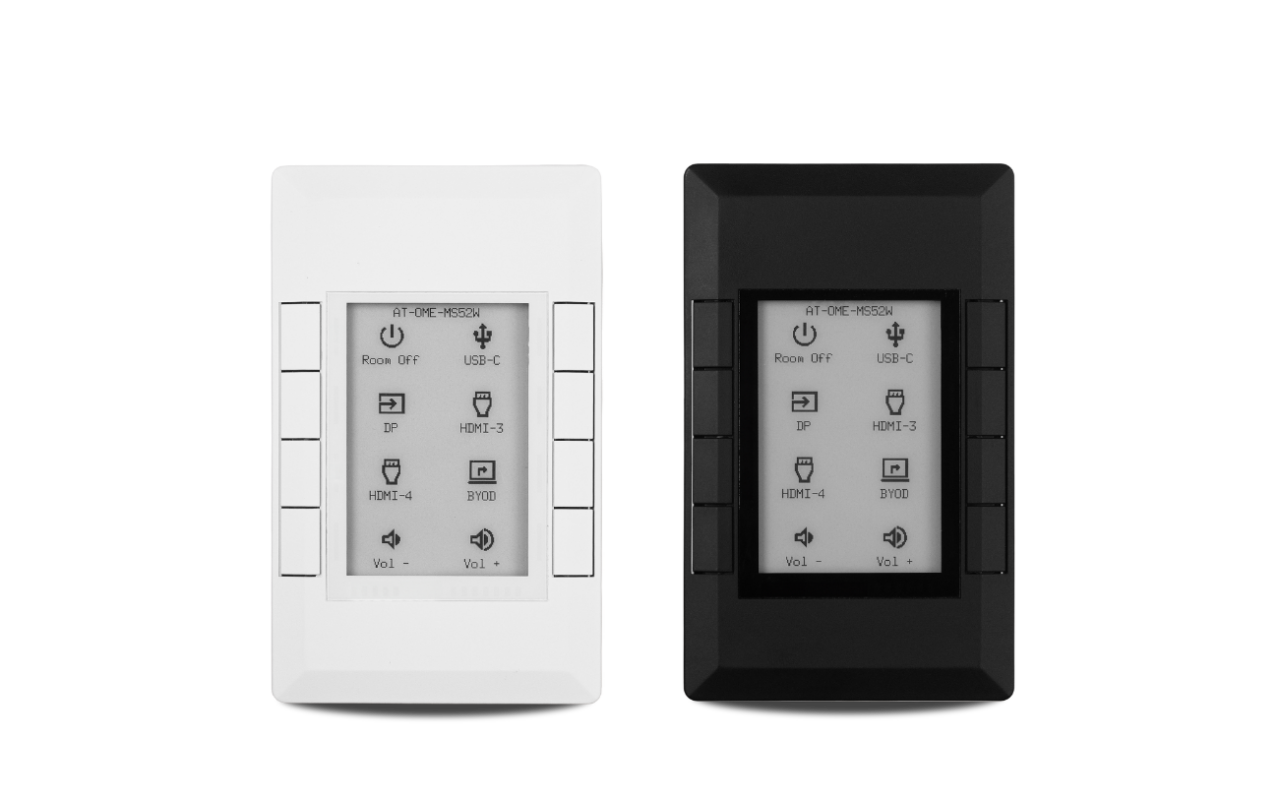
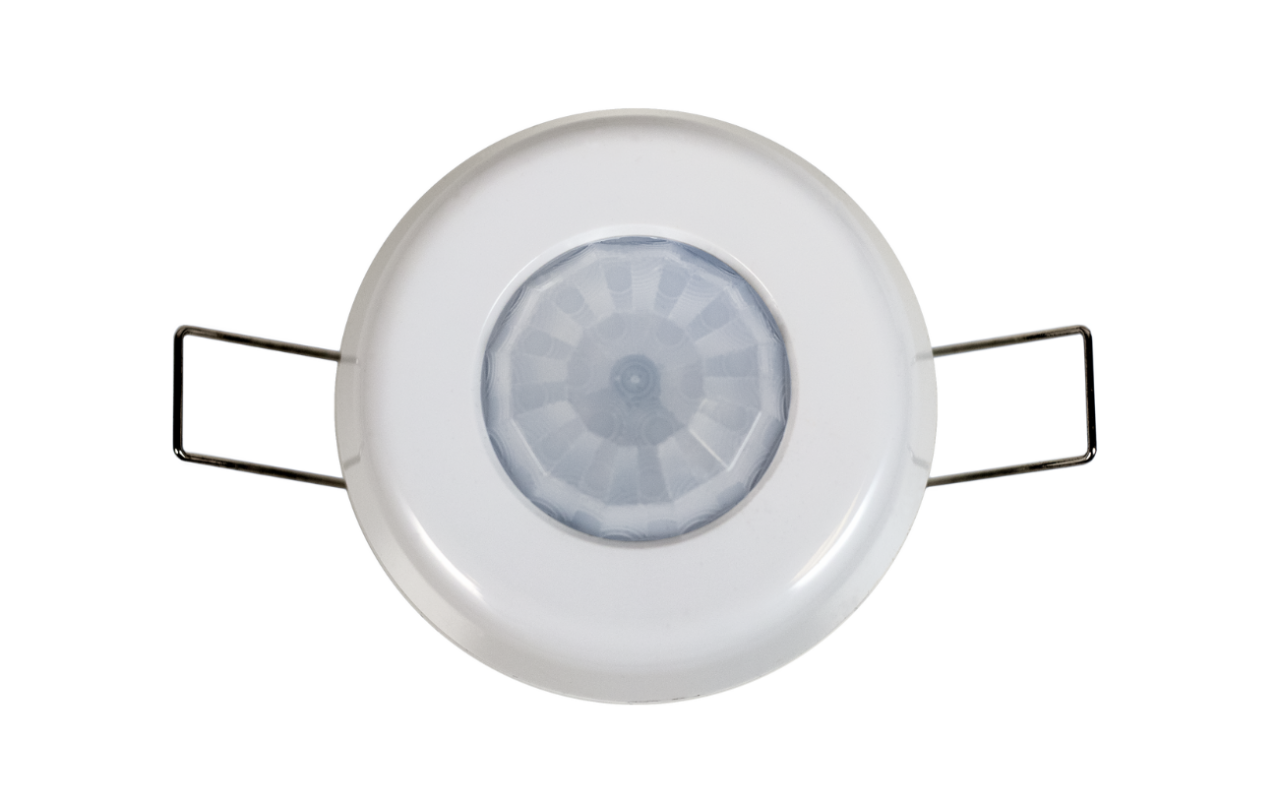
Energy Efficiency Can Be Convenient
Atlona’s Network-Enabled Occupancy Sensor, AT-OCS-900N, monitors a room’s occupancy, temperature, and ambient light for any device or system that needs that information. On the one hand it can advise the lighting system when the room is empty so lights can be turned off or, when the sun is present, to illuminate the meeting space. This small sensor can also work with Atlona’s Velocity control system to activate the AV system as team members arrive for a meeting. The AV system is only active and consuming full power when it’s needed.
Saving Power at the Display
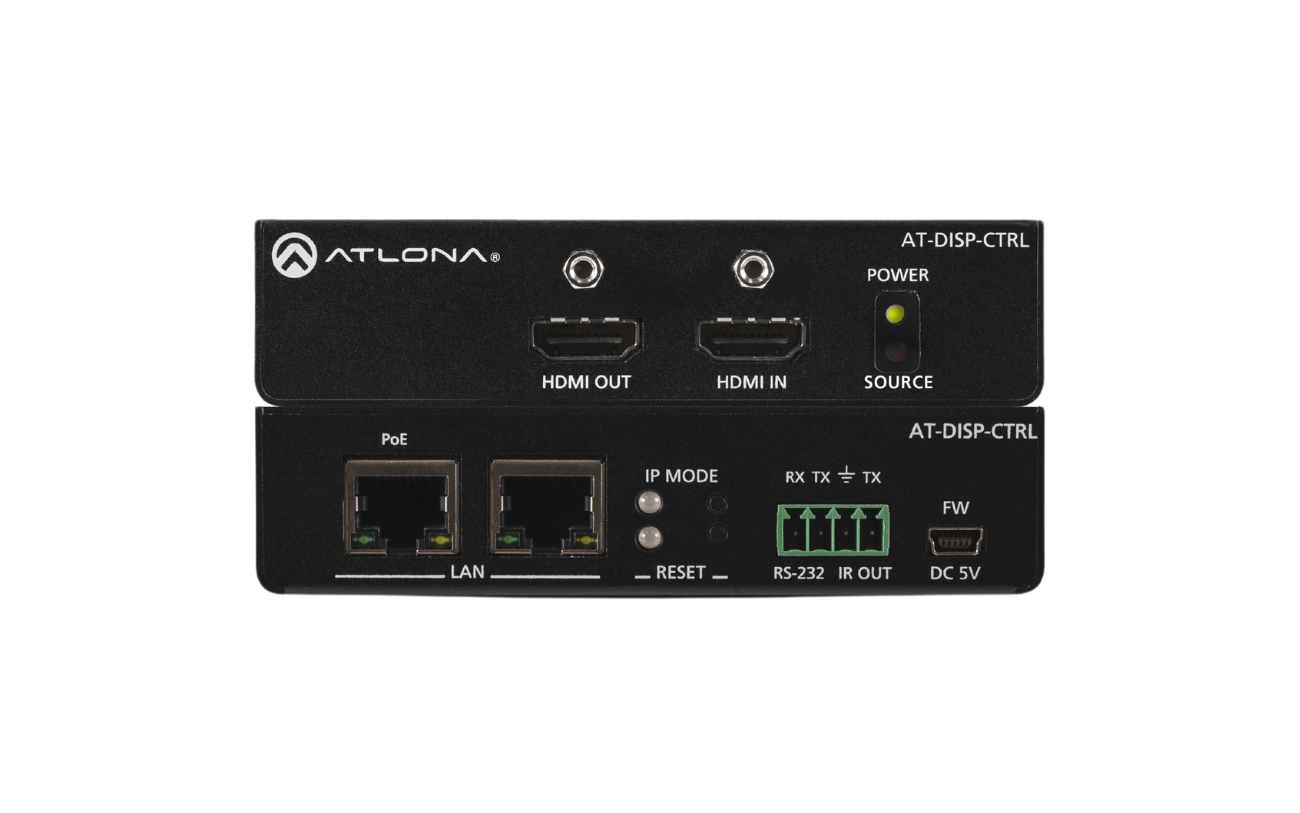
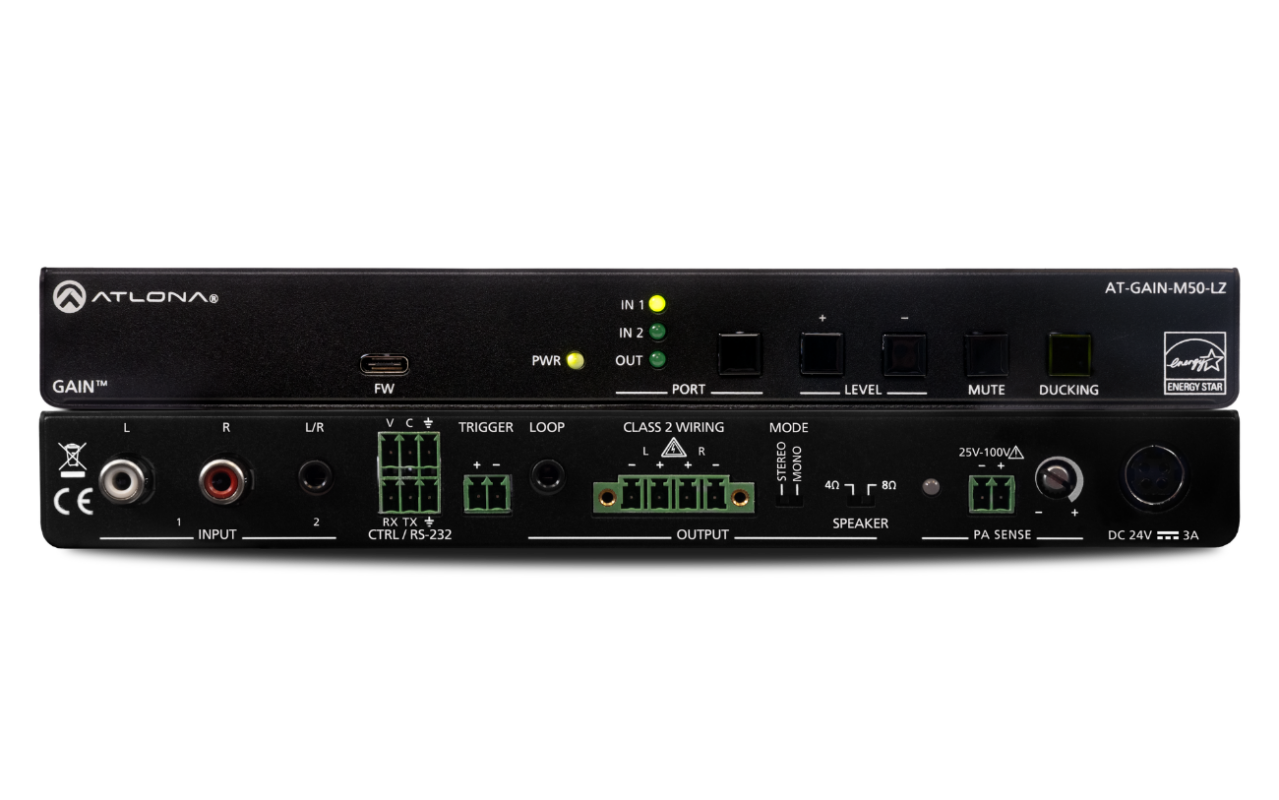
Energy-Related Products Directive
REACH
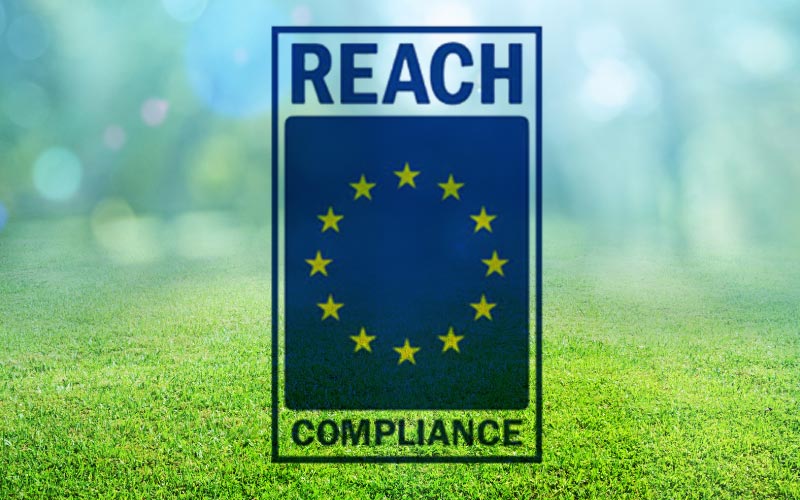
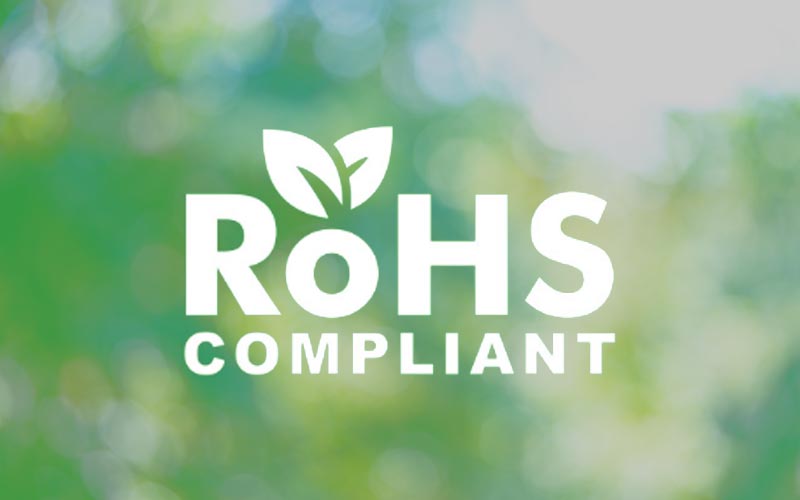
RoHS
Packaging and Carton Initiative
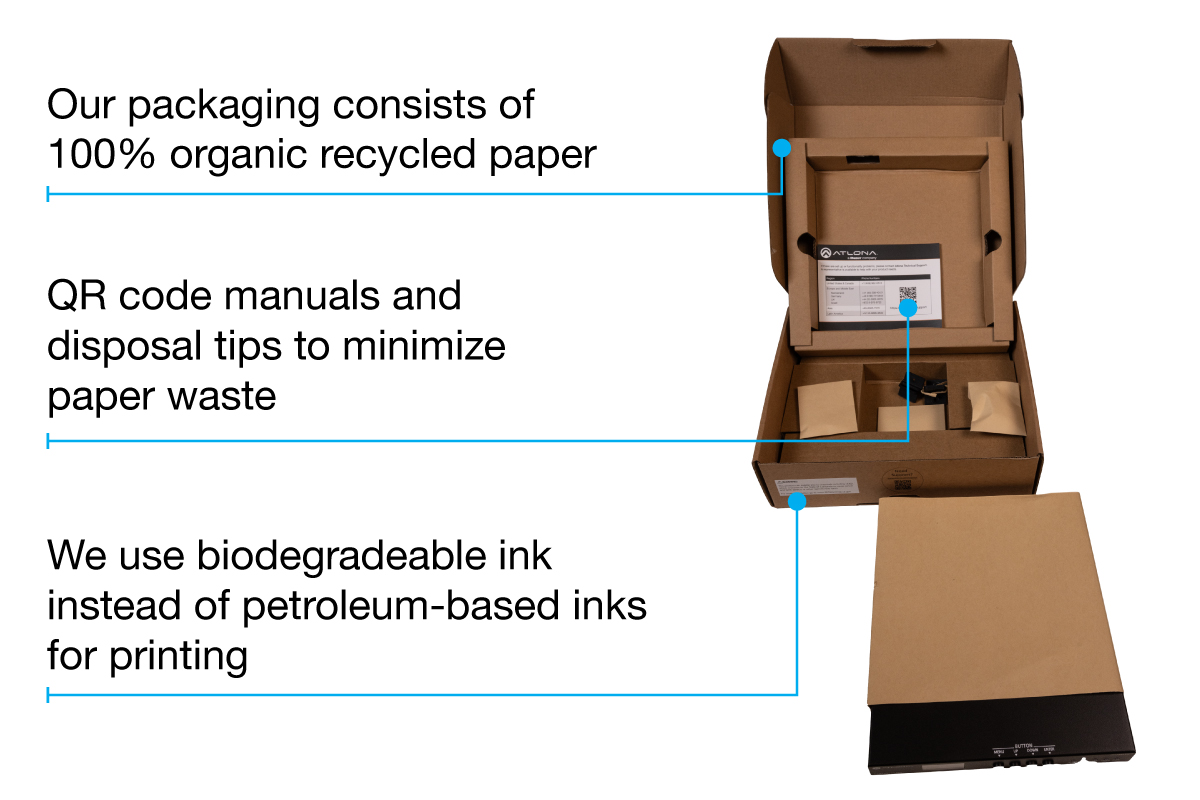
Documentation

E-waste
Atlona is committed to responsible e-waste recycling by ensuring all discarded electronics in our offices are properly processed through certified recycling partners, recovering valuable materials and reducing environmental harm. By adhering to strict sustainability standards, we prioritize a reduction of landfill waste and preventing hazardous substances from returning to the environment.








